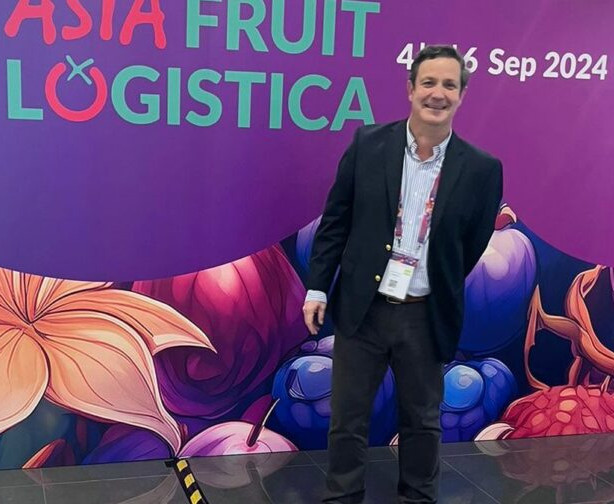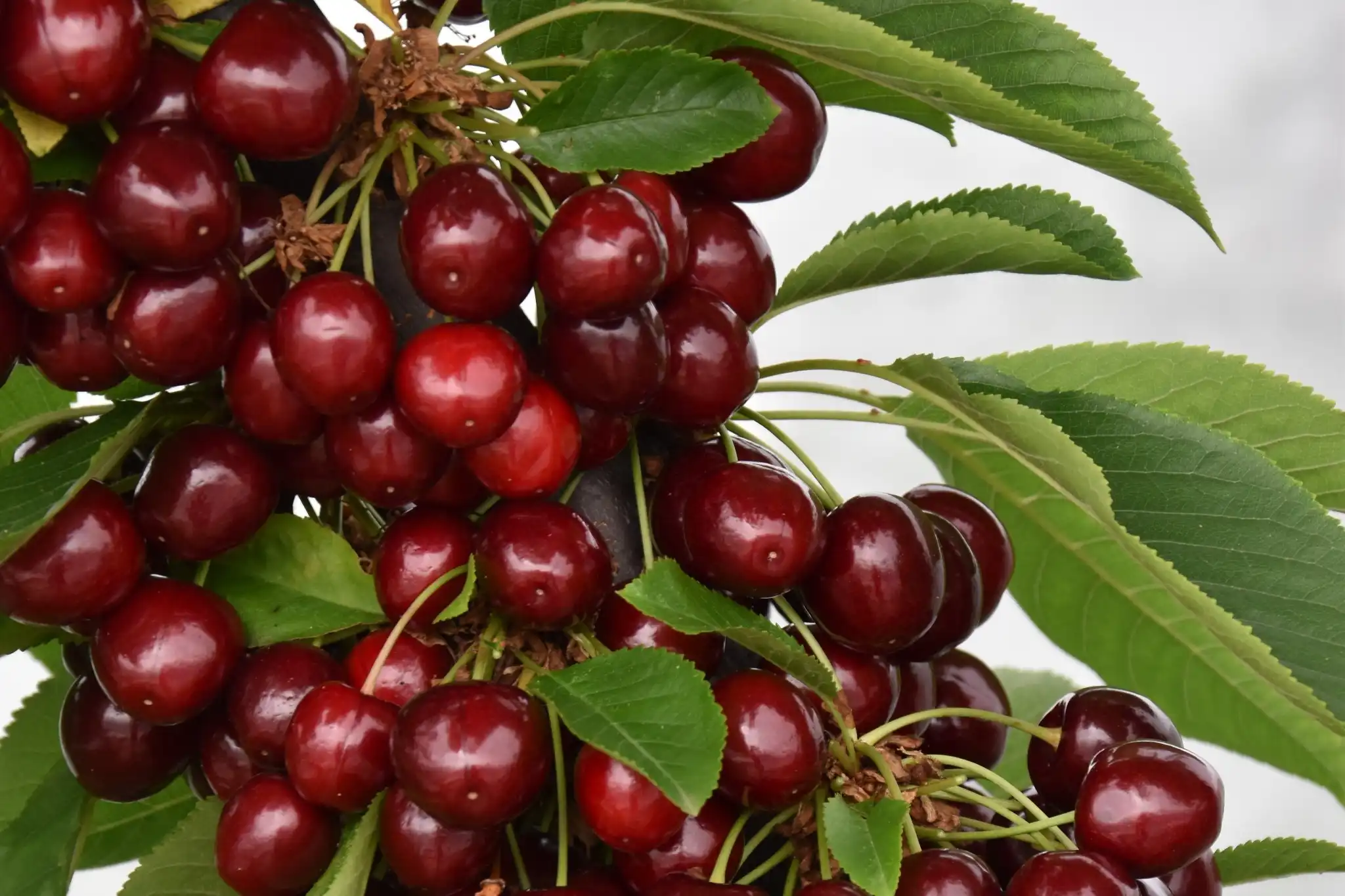External placements of cherries in Neuquén this season amounted to 1,600 tons, a figure that represents an approximate growth of 49% compared to the previous year and a jump of 58% when considering the average exports over the last five seasons.
The good weather conditions in the Alto Valle region made it possible to achieve these export volumes. "It was a very good year. We had a high-quality harvest, and this was recognized by the market," commented Aníbal Caminiti, director of the Argentine Chamber of Integrated Cherry Producers (CAPCI), to +P.
Neuquén holds a significant share in Argentine cherry exports, averaging 22% of the total external placements of the product. This season's sales will generate foreign currency worth slightly over 4 million dollars. In the province, the cherry harvest is finished, and exports have also concluded. Two key companies leading the foreign trade of this type of product in Neuquén are Vista Alegre and Pincen.
“At a national level, we can say that we are about to reach 6,000 tons of cherries exported. As of Friday, 5,100 tons had been exported,” noted Caminiti. It should be noted that all exports from Chubut still have to be shipped. This exportable supply is destined for late cherries that arrive in foreign markets when the fruits are in very short supply.
“Late exports are also very important. The cherries shipped in March arrive on the Chinese market in April, a time when supply significantly drops with the participation of local production under glass. But the volume peaks have already passed,” clarifies the CAPCI director.
In this regard, it is worth noting that two “shocks” occur each season in international markets when the supply experiences a sudden drop. The first of these occurs in the months of October and November, marking the early season for the southern hemisphere.
Many of the exports from the Río Negro Valley and Neuquén rely on this “commercial window” to reach high levels of profitability. The other “shock” occurs in March and April, when the late exportable supply arrives from the southern region of Patagonia (Chubut and Santa Cruz).
Chile, the world's largest exporter of cherries, enters the markets early, achieving high levels of profitability; however, for the time being, it does not have the necessary volumes to supply the international market with late cherries.
Source: Más Producción
Image: Fresh Fruit Portal
Cherry Times - All rights reserved










